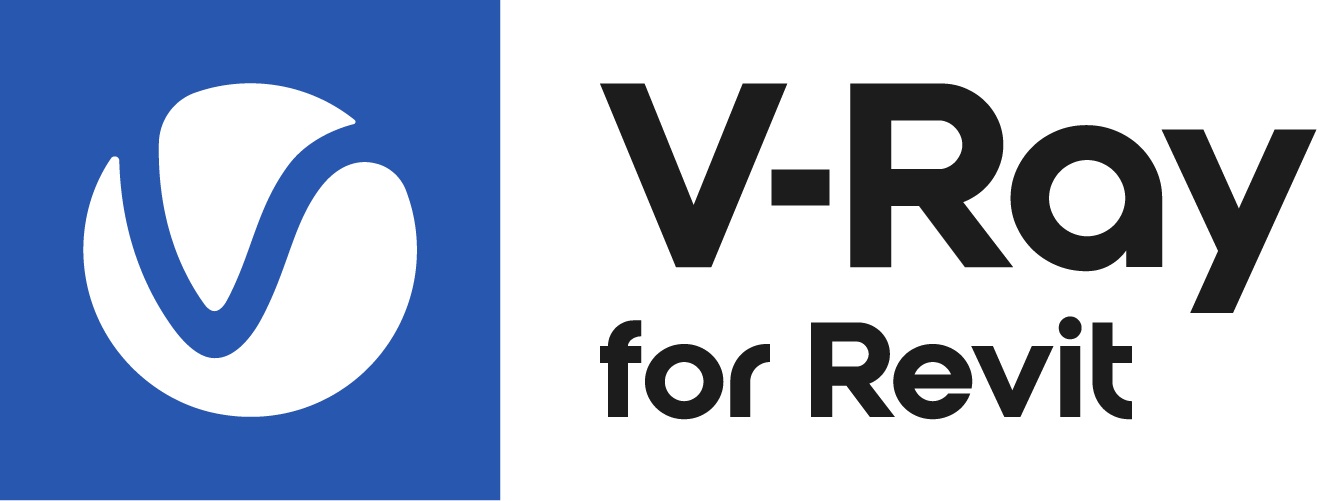This page provides information about V-Ray Scatter in V-Ray for Revit.
Overview
The V-Ray Scatter creates instances of objects using the surface of another object to generate points.
UI Path
Creating Scatter:
||V-Ray Asset Editor|| > Geometries (right-click) > Scatter
||V-Ray Asset Editor|| > Create Asset (left-click) > Geometries > Scatter
Assigning Scatter:
||Appearance Manager|| > Families Tab > Scatter Tab > Add Scatter Host button (right-click) > Pick Face
Workflow
The V-Ray Scatter consists of two types of objects – Host object and Guest objects that are scattered over the Host object's surface.
It is possible to pick some of the faces of a given element and use them as a Scatter host. The Pick Host button appears ||Appearance Manager|| > Families Tab > Scatter Tab > Add Scatter Host button (right-click) > Pick Face.
Scatter Host object can be created from the ||Appearance Manager|| > Families Tab > Scatter Tab > Add Scatter Host button.
Guest objects can be introduced to the Host object by selecting an object in the viewport and using the Add Guests button in the Asset Editor. The object appears under the Add Guests button.
If no object(s) has been selected prior to pressing the Add Guests button or the Pick Face, V-Ray for Revit prompts you to make a selection and then press the Finish button.
Select a host object from the list (Appearance Manager > Families tab > Scatter subtab) and press Delete key to delete the host object.
If the whole element has already been selected as a Scatter host, it must be removed from the host's list in the Appearance Manager first. After this change, the user can use either a whole element or some of its faces selected at once, as a Scatter host.
Assigning one Scatter to one face and another Scatter to a different face of the same element is not possible.
When a Revit family instance or the family itself is deleted, its association with a Scatter as a host is also deleted from the project.
When Fur or Displacement geometry is added to the material of a Scatter guest, it is ignored for the scattered instances. The Fur/Displacement is also ignored for the original instance geometry added as a guest.
Click on the gif to enlarge it.
Parameters
Scatter – Turns on/off V-Ray Scatter.
Density – Determines the approximate count of instances in a square meter. When a texture is used, the density value can still be used. Black color in the texture discards all instances in the area. Areas colored with white receive maximum density.
Seed – Controls the random seed of the Scatter. Change the integer value and refresh to get a different random distribution.
Axis Filter – Filters the faces that will be used for instance positioning.
All Faces – The points/instances are generated uniformly on all object faces.
Facing Up – The points/instances are only placed on object faces oriented upwards in the scene. Note that host component transformations are ignored.
Orientation – Specifies the initial orientation of the instances.
World Up – All instances are positioned upright independent of the base/host surface face normals.
Along Normals – The instances are oriented based on the base surface face normals.
Collision Detection – When enabled, instances with overlapping bounding boxes are discarded. Eliminating collisions reduces the initial density count and may alter the predetermined ratio between multiple guests.
Add Guests – Adds the currently selected scene objects to the Guests list. The objects in this list are scattered on the base geometry.
The Scatter Linked files mode button specifies how V-Ray scatters coming from linked files are treated. The functionality provides three methods for scatters display with respect to the host file or to the linked file.
Discard – All V-Ray scatters are discarded.
View & Override – Linked V-Ray scatters can be viewed, rendered, or overridden with scatters created in the host project.
Read-only – Linked V-Ray scatters are rendered but are hidden from the list. An override is not allowed. This mode can be used for reducing the list in the Appearance Manager.
Starting with V-Ray 6, a surface(с) from an element can be selected as Scatter host as well as an entire element with the button in the Asset Manager.
Left Click – Triggers selection of a whole element.
Right Click – Shows the Pick Face button. Clicking on it triggers selection of a face as Scatter host.
Notes
- When a Revit family is replaced with a V-Ray Proxy or a Cosmos asset and its instance is associated with a Scatter, the V-Ray Proxy/Cosmos asset is the one that is scattered across the Host object associated with the respective replacement.
- When a Revit family is replaced with a V-Ray Scene, the Scatter is ignored.
Currently, only the following family types can be selected as Scatter hosts: Floor, Wall, Roof Ceiling, Curtain System, Curtain Panels, Column, Ramp, Stair, Toposurface, Mass.
